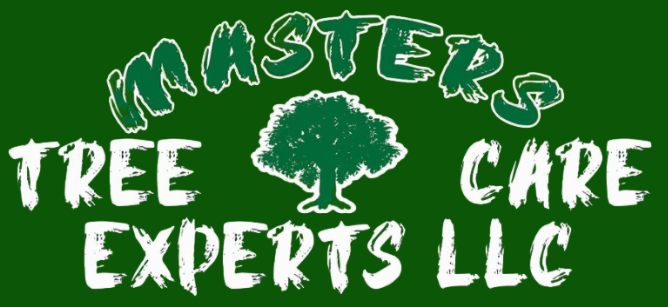When the leaves have dropped and your landscape turns gray, it’s easy to overlook the condition of your trees. But winter is actually one of the best times of year to assess tree health—if you know what to look for.
At Master’s Tree Care Experts, we specialize in helping homeowners in Lee’s Summit detect early warning signs that often go unnoticed until it’s too late. Here’s how you can spot the signs of decline and when to bring in a professional for a winter tree health assessment.
Table of Contents
What Should I Look for During a Winter Tree Inspection?
Even without leaves, your trees will give you clues about their condition. A visual inspection in winter can reveal structural issues, disease, and environmental stress that are normally hidden during the growing season.
Here’s what to check:
- Buds
- Healthy: Small, firm, and closed.
- Unhealthy: Dry, shriveled, or missing entirely.
- Bark Condition
- Healthy: Consistent, intact, and well-attached.
- Unhealthy: Peeling, cracked, or missing bark—especially with deep vertical splits.
- Branches
- Healthy: Flexible twigs with live buds at the tips.
- Unhealthy: Brittle or broken limbs, often indicating deadwood.
- Trunk
- Watch for cracks, holes, or oozing sap that can signal internal decay or pest problems.
- Root Flare
- Exposed and visible, not buried under soil or mulch.
- Check for soft or decaying wood around the base.
If any of these signs show up, it’s time to call Master’s Tree Care Experts for a detailed health assessment and customized treatment plan.
What Are the Common Signs of Tree Decline in Winter?
Winter tree problems often go unnoticed until spring—when it’s too late to take preventative measures. Spotting signs of decline early can mean the difference between recovery and removal.
Watch for these warning signs:
- No visible buds or buds that fall off easily
- Fungal growth (like mushrooms) around the base
- Hollow-sounding trunks when tapped
- Leaning posture or visible root lifting
- Wildlife damage, including gnawed bark or exposed roots
These may indicate underlying issues like root rot, pest infestation, or structural instability. Winter inspections by our certified arborists can detect these issues when intervention is still possible.
Why Is Winter a Good Time for Tree Health Assessments?
It might seem like winter would be the worst time to evaluate tree health—but it’s actually ideal for several reasons:
- No foliage means better visibility – Arborists can inspect branch structure, trunk integrity, and deadwood more accurately.
- Trees are dormant – This makes pruning and treatment less stressful on the tree.
- Pests and diseases are less active – Making it a great time to spot infestations without active spread.
- Winter storms expose weak limbs – Allowing for timely removals before they fail.
Our team at Master’s Tree Care Experts uses this time of year to perform thorough inspections and preventative care that sets your landscape up for a healthier spring.
How Often Should I Schedule Tree Health Check-Ups?
Even if your trees look fine on the surface, regular check-ups are essential—especially for mature trees, large canopy species, or trees near homes and driveways.
We recommend scheduling an assessment every 2–3 years, or more frequently if:
- Your property experienced recent storms or drought
- Your trees have visible signs of stress
- You’re planning a landscape or construction project nearby
Think of it like a health screening for your yard. It’s much easier (and more affordable) to prevent tree failure than to deal with the aftermath.
Trust the Local Experts for Winter Tree Inspections
At Master’s Tree Care Experts, we bring over 20 years of experience and a legacy of arboriculture knowledge passed down through generations. Our ISA Certified Arborists are trained to spot early signs of decay, disease, and structural failure—even in dormant trees.
We specialize in:
- Hazard and risk assessments
- Structural evaluations
- Root zone and soil inspections
- Dormant pruning and deadwooding
- Emergency response for winter storm damage
Whether you have one tree or a dozen, we’ll help you understand what’s healthy, what’s not, and what actions to take next.
Book Your Winter Tree Health Assessment Today
Winter is the perfect time to check in on your trees. Don’t wait for spring surprises—get ahead of disease, decay, and dangerous limbs with a professional inspection from Master’s Tree Care Experts.
Call us today at (913) 909-9768 or schedule online for a winter health check that protects your trees—and your property—all season long.
Healthy trees start with smart care—even in winter.

